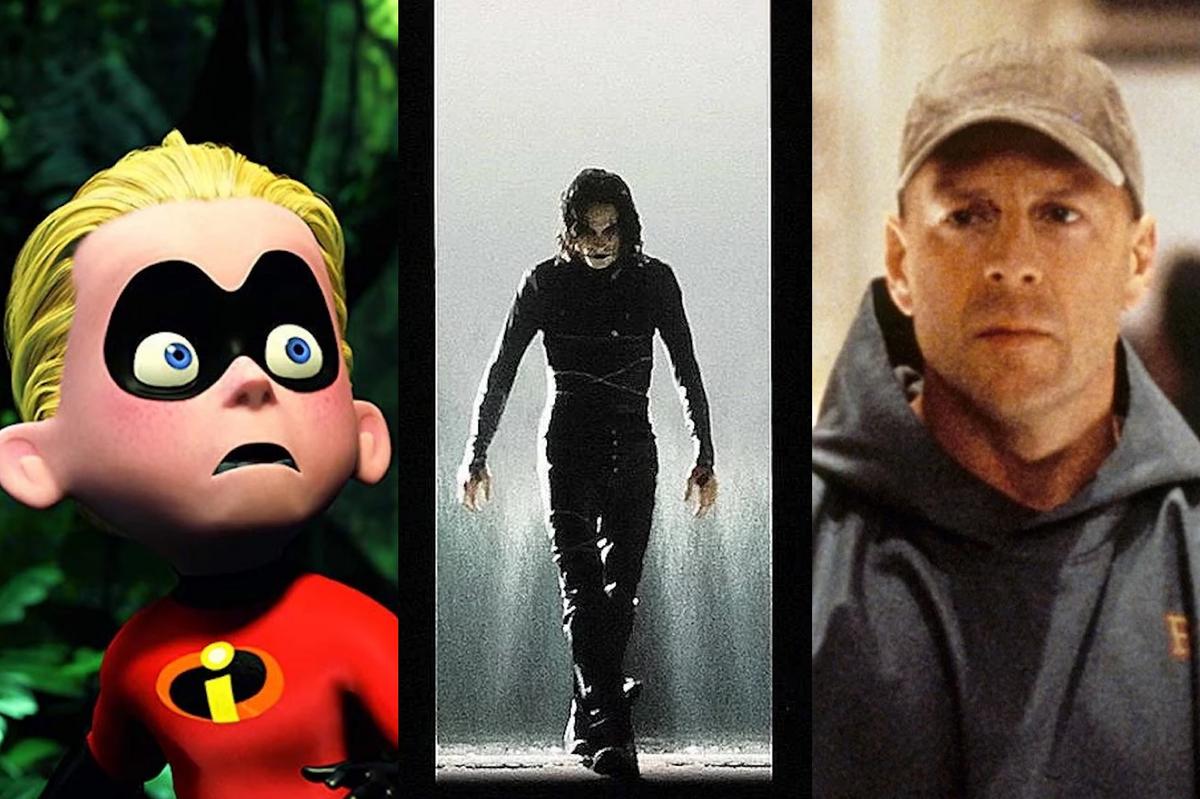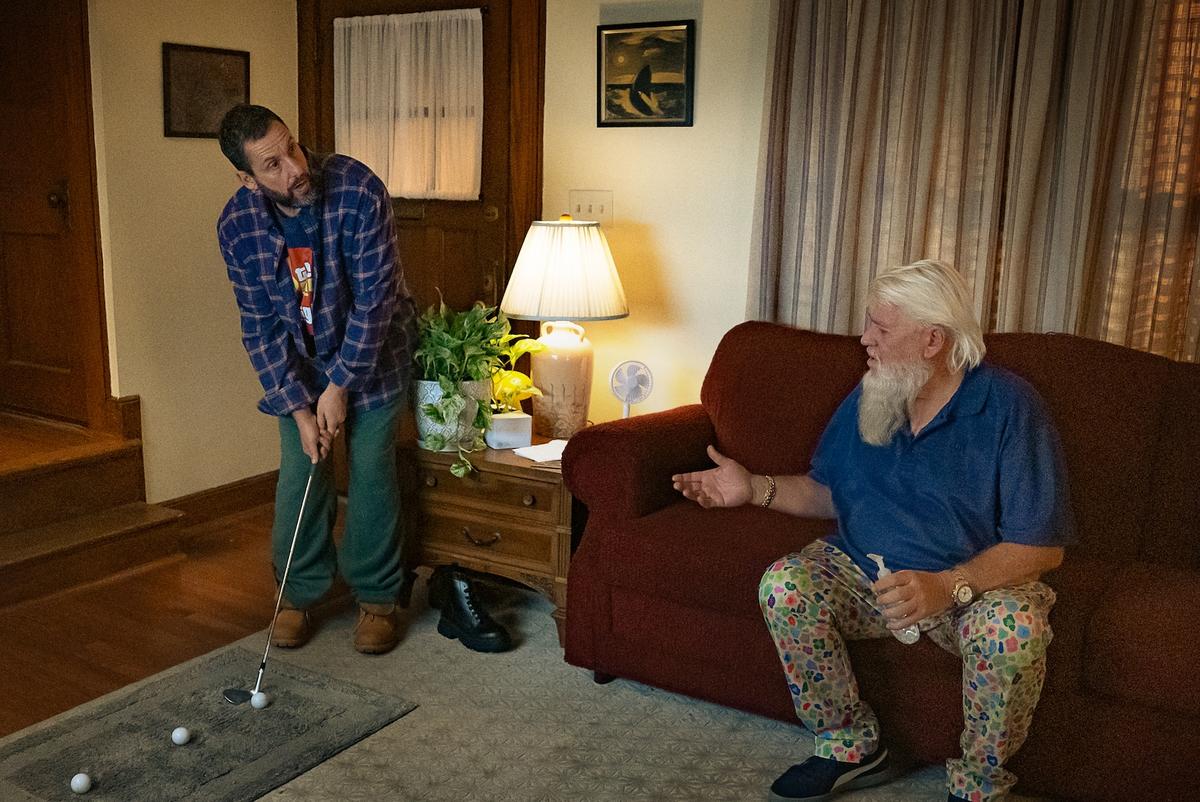There’s nothing wrong with repping your city and showing a strong amount of hometown pride. It’s endearing, especially when one acknowledges that pros and cons of living in a place that helps define one’s identity. We are a product of our environments to some degree, and Freaky Tales wants to show that off. But the stitched together, laxly executed pastiche that filmmakers Anna Boden and Ryan Fleck have assembled for their connected anthology film Freaky Tales only has that endearing hometown flavour on display to sustain it.
An openly eclectic, genre hopping bunch of odds and ends set in 1987 Oakland, California, Freaky Tales has a good amount of style and boosterism, but almost nothing else of note. Instead of feeling like a rush of energy, Freaky Tales ends up more of a test of one’s patience and good will. If you aren’t from the Bay Area and you won’t pop for each of the film’s hyperlocal (but still globally noteworthy) references and points of pride, consider yourself warned. This latest film from the tandem who made Captain Marvel, Half Nelson, and Mississippi Grind is definitely the “one for us” in the “one for us, one for them” adage.
Divided up into four chapters, Freaky Tales (which gets its title and two of its segment names from Oakland rap pioneer Too $hort) takes place on May 10, 1987, the day Golden State Warriors played Sleepy Floyd put up a then record 29 points in the final quarter of an NBA playoff game against the Los Angeles Lakers to cap off one of the greatest come from behind wins in the sport’s history. The big game provides a bit of connective tissue to Freaky Tales, but not much more than the other limp connections Fleck and Boden attempt to create.
In the first chapter, a punch of punk kids who hang out a the iconic 924 Gilman punk club have to contend with a gang of hateful, fight starting Neo-Nazis constantly coming in and ruining shows. It’s told from the perspective of two young punks (Ji-young Yoo and Jack Champion) who are crushing on each other, but their attraction never amounts to much, and too little attention is given to them as characters (outside of a heart-to-heart in a bathroom) to make the audience’s brief time with them into anything meaningful. The visual detail of the punk aesthetic at the time is quite captivating, though.
Their story connects to the second chapter, which revolves around a female hip-hop duo (Normani and Dominique Thorne) who are nervous about a potential make-or-break performance in a battle against the aforementioned Too $hort (played by De Mario Symba Driver, while the man himself has a cameo as a cop). On a purely thematic level, this segment has the most substance, discussing misogyny in hip-hop, the objectification of black women, and the various ways women are underestimated, but it’s also lacking in real entertainment value. All three of the other stories in Freaky Tales have a tendency to break out in gory, anarchic violence, whereas this one is just kinda there. It also has the least tangible and concrete connection to the other three chapters; the squarest of pegs in an already ill fitting puzzle.

Heavily marketed star Pedro Pascal doesn’t have anything to do until he takes the spotlight for the third chapter, a dreadfully scattered and borderline incoherent tale of a debt collector having to deal with the fallout of his violent actions over the years. Clint (Pascal) wants to get out of working for an evil, shadowy, corrupt cop (Ben Mendelsohn, who appears in each chapter except the first), so he can spend more time with his expectant wife and baby. But nothing is ever that simple for those who straddle both sides of the law, and a face from his past will forever alter the trajectory of Clint’s future. But really, it’s hard to care about any of this. With a tone that’s more depressing than playful, Pascal’s borderline campy tough guy act feels out of place. Tonally, everything about this section is wrong, and Fleck and Boden have already struck out twice before, making the slackness of the film’s centrepiece even more inexcusable, especially when it has such a lame, abrupt stopping point. (It does have a smile inducing cameo from fellow Bay Area performer Tom Hanks as a video store manager, though.) It has the most star power, but it’s also the most frustrating segment because a lot seems to have been left out of the story.
But there is something to be said for saving the best for last, and even though it’s too little, too late to save Freaky Tales, Fleck and Boden send things out on a high note. Freaky Tales loops back to the story of Sleepy Floyd (Jay Ellis), and his outlandish quest for revenge against Mendelsohn and his hired goons following the big game. Again, this one starts in a very dark and depressing place, making Fleck and Boden’s shift into John Wick styled bloodletting vigilante justice come across as somewhat off putting. But the style of this bonkers, closing revenge fantasy has a lot of energy, something the rest of Freaky Tales has sorely lacked to this point. It makes no sense, and it resolves the overlapping threads rather lazily, but at least there’s something to look at. (Also, not to nitpick, but while this portion includes some nice, period appropriate needle drops from Bay Area artists around the era, it irks me to see E-40’s catchy banger “Choices” tossed into the mix when it’s a song from 2014, not the era Fleck and Boden are trying to depict.)
That last parenthetical gripe speaks to the most obvious issue at the heart of Freaky Tales. It’s a movie being made because the people behind the camera want to make it, even when they probably should’ve worked on it harder or moved onto other more useable material. No one is telling Fleck and Boden what to do here, and their hearts are fully on the sleeves of their A’s jackets. There’s a lot of heart in Freaky Tales, but it’s about as exciting as listening to someone else’s dreams for a hundred minutes. Unless you actively lived it – and let’s be honest, no one actively lived any of this outside of it taking place in a real city and name checking real events and people – there’s nothing to hang onto here. I appreciate the spirit of Freaky Tales, but almost every decision made here is a poor one.
Every segment moves at a different pace and is told with a different style. Some are shot in full frame, others in scope, some have VHS wobbles, some have old school reel change cigarette burns, there’s plenty of Oakland green to be found, and none of it really matters. It’s just about the vibes, and those vibes keep unnecessarily shifting. The performance are committed to the cause, but everyone here seems to have been let in on a lot more than the viewer has. Perhaps worst of all for an anthology film, it takes forever for Fleck and Boden to get around to anything fun or genuinely freaky.
In terms of its failure to connect, Freaky Tales shares a lot of issues that were present in Kyle Mooney’s equally disappointing genre comedy/period piece mash-up Y2K. That was also a film where the focus was placed so heavily on references and set pieces that any shred of genuine substance was erased in the process. The difference between the two, and why Freaky Tales is maybe ten percent better than Y2K is, comes down to the sheer giddiness one gets from a sense of hometown pride. If Freaky Takes didn’t go all in for the Bay Area, it would have nothing going for it. But why sit through a slog like this when you can just experience the city as it really is, in all of its vibrancy, splendour, and flaws.
Freaky Tales opens in theatres everywhere on Friday, April 4, 2025.




